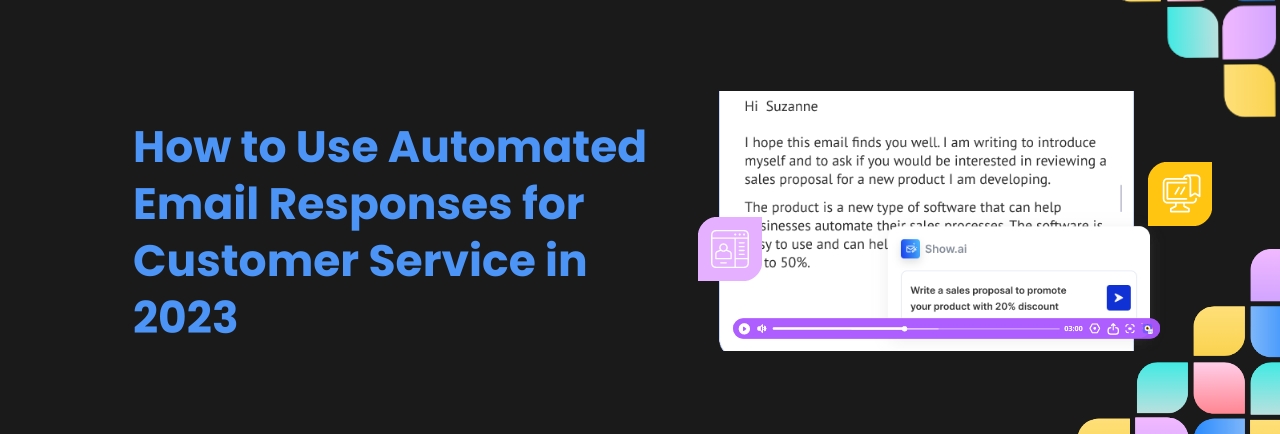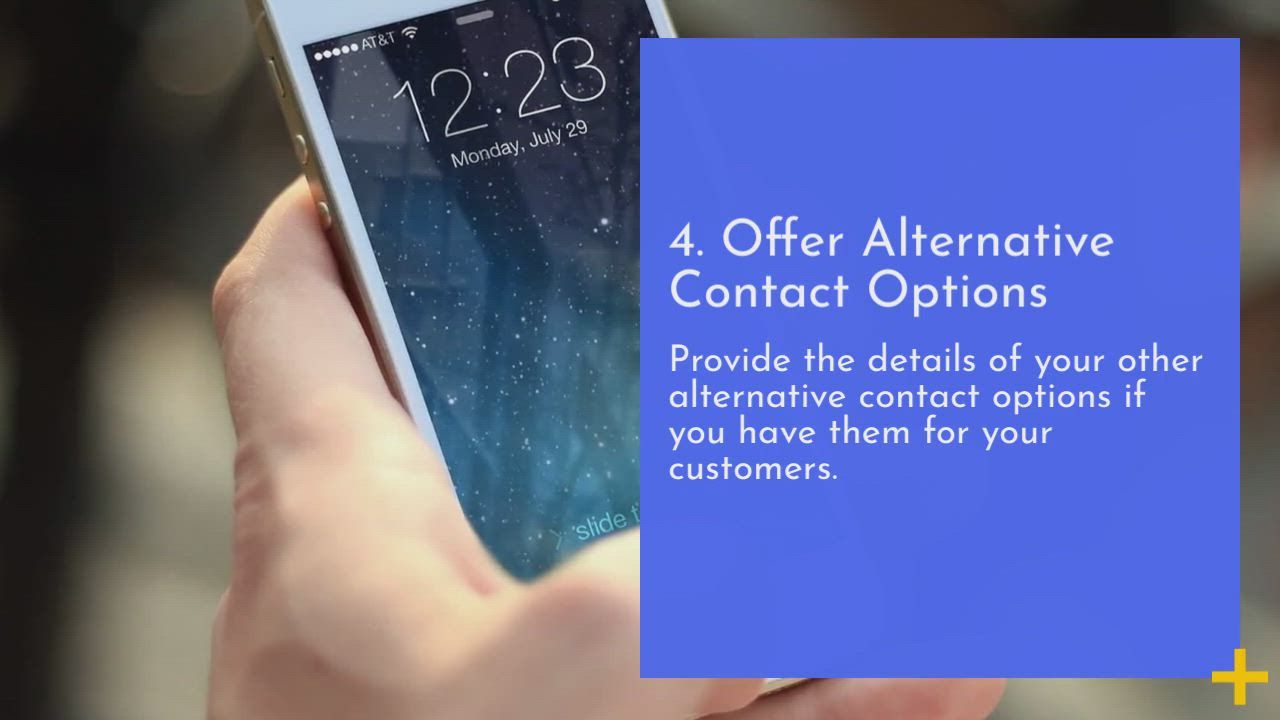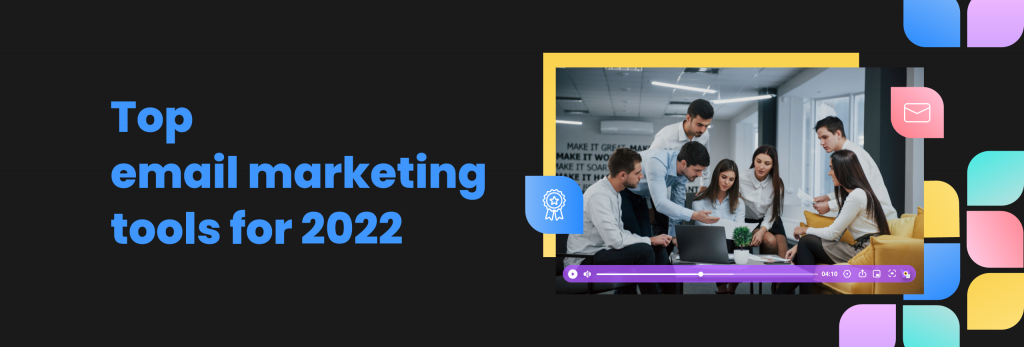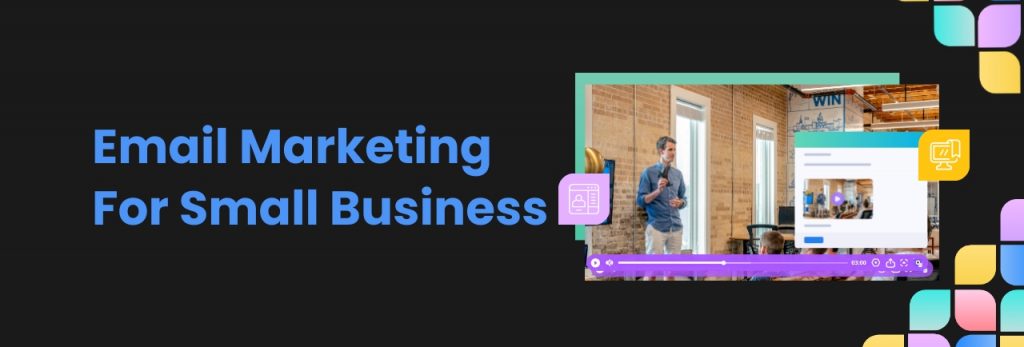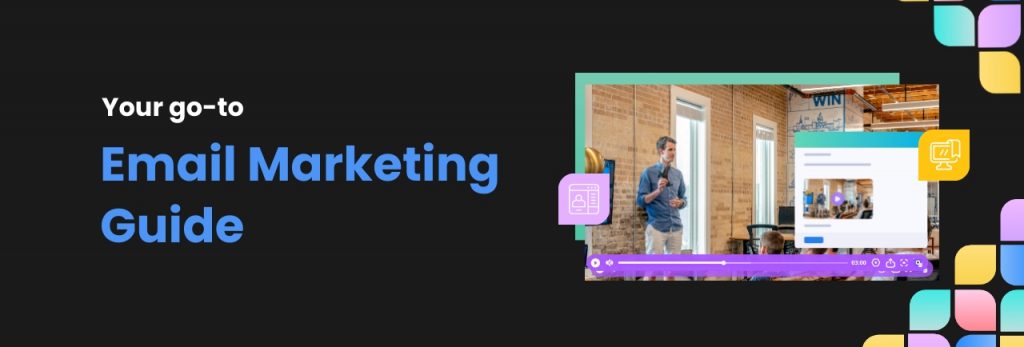Contents
What Is an Automated Email Response?
What Makes a Great Automated Email Response in Customer Service?
Five Parts of an Automated Email Response
Automated Email Response Sample: A Template You Can Start Using Immediately
How to Use Automated Email Responses for Customer Service in 2023
Automated email responses can be an annoyance. Likewise, they are associated with bots that send similar automated email responses to people. Meanwhile, it is imperative that your customer service feels human. However, automated emails can be a powerful tool for customer service if used correctly. In this article, we will explore how to use an automated email response to our best advantage.
We do not have the time to respond to every email. But it is imperative to cater to your customers’ needs. 61% of customers claim they switch to a new brand after a bad experience. On the other hand, it is impractical to craft an email response for every situation. Your resources can be spent in a far more productive manner. Hence, businesses resort to automated email responses.
Automating Your Email Responses with Show
Table of Contents
1. What is an Automated Email Response?
2. What Makes a Great Automated Email Response in Customer Service?
3. Five Parts of an Automated Email Response
4. Automated Email Response Sample: A Template You Can Start Using Immediately
5. How to Set up Automated Email Response in Show
6. Conclusion
7. Frequently Asked Questions (FAQs)
What Is an Automated Email Response?
An automated email response is triggered based on the user’s actions. For instance, a user will get an automated response if he/she has submitted a complaint or feedback on your website. Although, it might seem dehumanizing if we reduce a customer down to a ticket. However, it is necessary to rely on automated email responses to send out a barrage of automated responses to provide good customer service. Having said that, we should keep in mind that automated responses should sound humane.
What Makes a Great Automated Email Response in Customer Service?
Your automated email response depends on what you intend to communicate to your customers. However, we can triangulate down to the commonalities in every great automated email response.
- Confirmation and Assurance
Inform the customers that you have received their email and that you will look into it.
- Set Expectations for Response Time Based on Business Hours
Inform the customers about your working hours so that they can manage their expectations accordingly.
- Provide Estimated Response Time
In addition, you should also provide them with the estimated response time from your end.
- Offer Alternative Contact Options
Provide the details of your other alternative contact options if you have them for your customers.
- Personalize Your Content
Personalize your email based on the information you have gleaned about the customers based on their previous interactions with your website.
- Empower the Customers with Self-Help Resources
Your automated response should not only give them information about your working hours. In addition, it should provide them with links to your knowledge base so that the customers can help themselves.
- Guide Customers in Providing Relevant Information
Provide direction to customers on how they can submit additional information so that you can solve their queries more efficiently.
- Maintain Consistent Brand Tone and Voice
Ensure that your automated email responses match the tone of your brand.
Five Parts of an Automated Email Response
Automated email responses help you assist your customers. However, any negative aspect of your automated email response can repel your customers. Ensure that you get the fundamentals of your automated response emails. Here is the breakdown of an automated email response.
1. The Bait - The Subject Line
“A subject line is like a newspaper headline, a title on a book’s spine, or the key slogan of a print media ad. It tells the user what this is all about. And it should do so in sparkling style — seamlessly channeling your brand.” — Win Goodbody, senior product manager, Sitka Technology Group
Your customers see the subject line before opening the email. In fact, 47% of email customers open an email based on the subject line. Hence, the subject line will be the most decisive factor in determining whether your email will be opened.
The subject line serves two purposes:
(i) Deliver an important message. In case, your customers do not open your email - what will be their takeaway from the subject line?
(ii) Give them a good reason to open your email.
Generally, we send automated email responses to reassure our customers that their voice has been heard. Obviously, we cannot respond to every email instantly because of various reasons.
In that case, a subject line that reads, “Hey, we are here to help you.” does help. However, it is as generic as it gets. Instead, try to craft compelling subject lines that strike the right chord with your customers.
For instance, here are examples of three subject lines that can be used:
1. "We're Here to Help: Let's Solve This Together"
2. "Quick and Easy Solutions to Your Concerns"
3. "Need Help? Let Us Be Your Guide"

To illustrate, here is an infographic of the keywords that can be made use of in subject lines ranked based on the top keywords used in subject lines with the highest open rates.
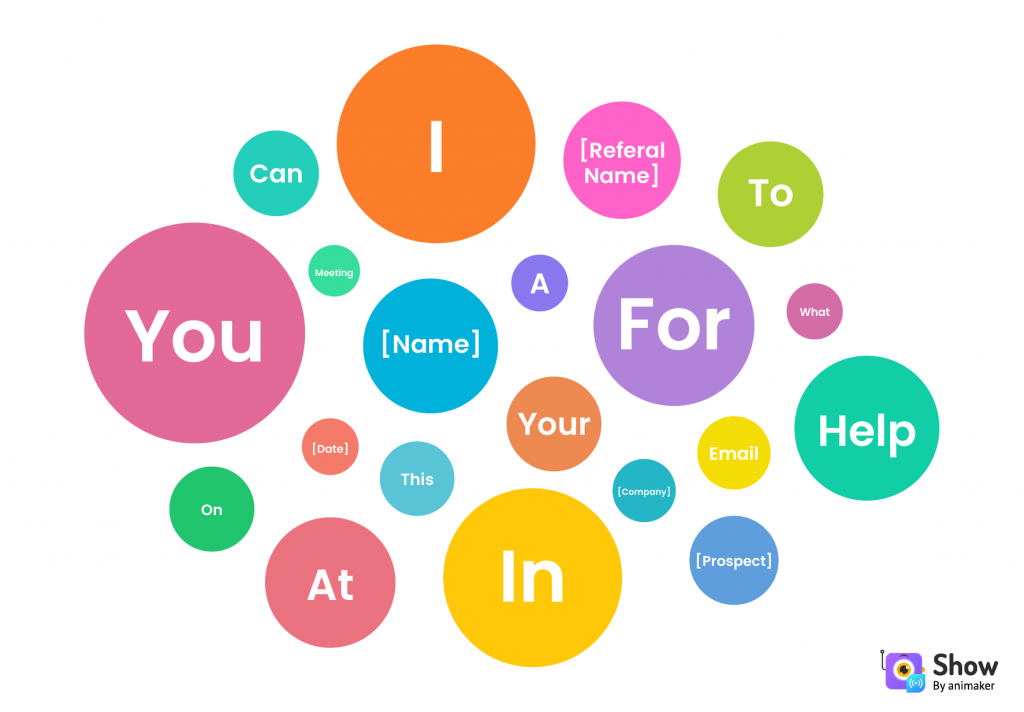
2. The Welcome Greeting
Your compelling subject line has managed to make your customer open the email. Then, what? You need to manage to hold your customer’s attention. The basic step to doing so is by addressing someone by their name. Use the information gleaned on your customer support form to set up personalized emails.
Addressing your customers by their names prevents your automated email responses from sounding robotic. On the contrary, personalization humanizes your automated emails.

However, there are going to be rare scenarios when you have not got your hands on the customers’ names. In those cases, it is imperative to set up a fallback greeting or backup greeting. Ensure that your fallback greeting matches your brand’s tone. For instance, AppSumo addresses its customers as “Sumo-lings.”
In case, you are not sure about your fallback option, you can stick to the generic “Dear” or “Hi There”. Although, there is no harm in asking your customers how they would like to be addressed.
3. The Acknowledgement - Thank You
“Your most unhappy customers are your greatest source of learning.”
– Bill Gates.
According to Zendesk, 50% of customers shift to a competitor right after one bad experience. Hence, it is important to express your gratitude to the customer who decided to stay back. In fact, the customer is also helping you improve your product. Meanwhile, let’s not forget that for every customer who complains, there are about a dozen who do not.
Therefore, It is important to say “Thank you” to your customers for reaching out to you. A simple “Thanks for reaching out” will go a long way.

4. The Bridge - The Body
The body of the email is the ultimate connector that adds context and content to an email. With this in mind, ensure that your automated email response conveys to your customers that they have been heard and that you will start working to solve their problems.
Your bridge should convey the time it will take to get back to the customer. In case, your support team works during certain times, you should mention it. For instance, “You can expect a response within a couple of days.”
There are going to be days when you will not be able to solve your customers’ problems or it might take longer than expected. In such cases, it is important to keep your customers updated. Above all, making your customers feel heard consolidates your bond with them.

5. The Final Impression - Signature
The email signature provides you an opportunity to be grateful and leave a warm impression on your customers’ minds. Hence, put some thought behind your automated email response’s signature. Go for email signatures that denote gratitude or personal connection. For instance, “Thank you” or “Best regards.”

Automated Email Response Sample: A Template You Can Start Using Immediately
In order to help you out, we have provided an automated email response template that has been well received. We will break down the template for you.
Automated Email Response Subject:
We're Here to Help: Let's Solve This Together
Automated Email Response Body:
Thank you for reaching out to us! We are excited to assist you with your inquiry. This auto-reply is just to let you know that we have received your email and will respond to you as soon as possible with a human response. If you are contacting us during [business_hours], you can expect a response within a couple of hours. However, if you are reaching out to us during evenings or weekends, please note that our response time may be a bit longer.
If you have any general questions about our product, we recommend checking out our [knowledge_base], where you can find useful walkthroughs and FAQs. If you have any additional information that you think may help us better assist you, please feel free to reply to this email with those details.
We look forward to connecting with you soon.
Signature of an Automated Email Response:
Best regards,
[Agent_name]

How to Set Up Automated Email Response in Show
Show’s email marketing automation juggernaut combined with its dynamic OmniScript. Let’s have a look at how to set up automated email responses in Show.
1. Select the “Settings” option on your sidebar menu
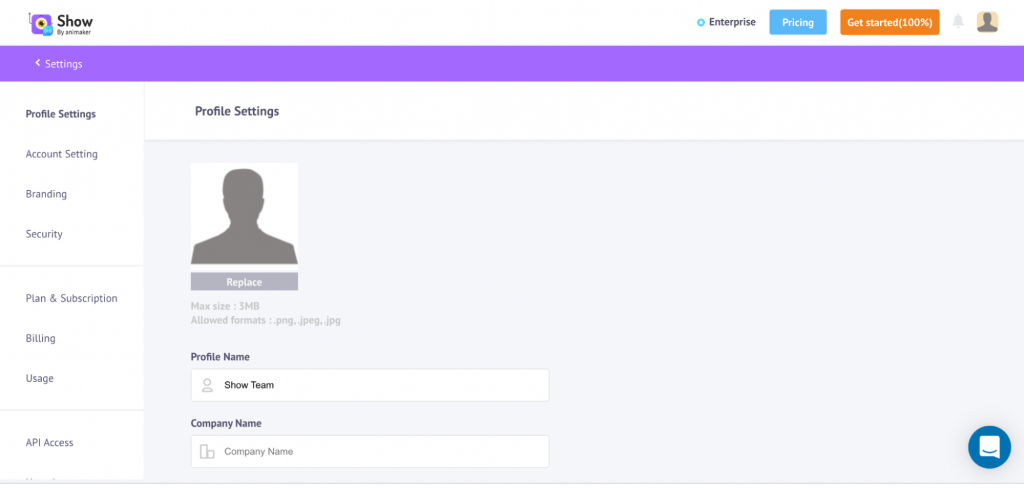
2. Select the “Installation” option located below the “Account Setting” option.
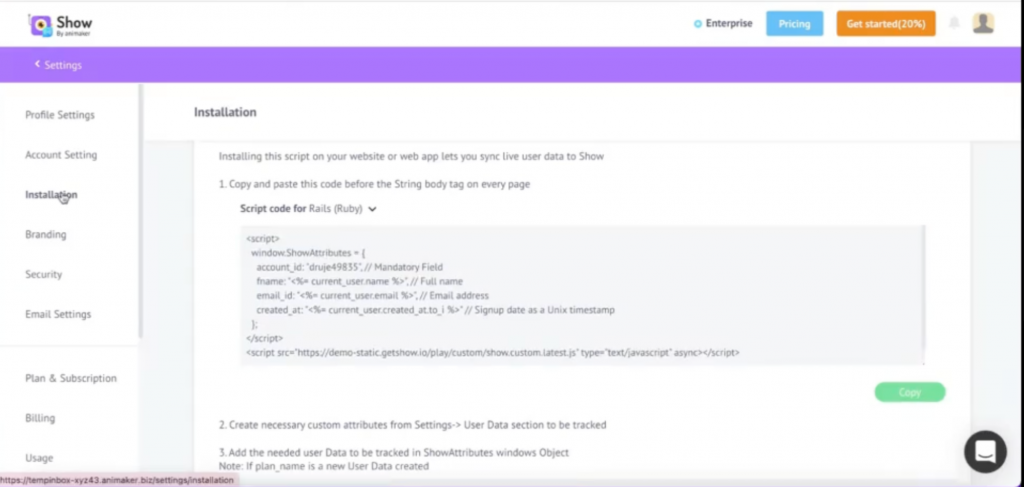
3. Create attributes as per your wish according by clicking on the “User data” and clicking on the “New Attribute” option.
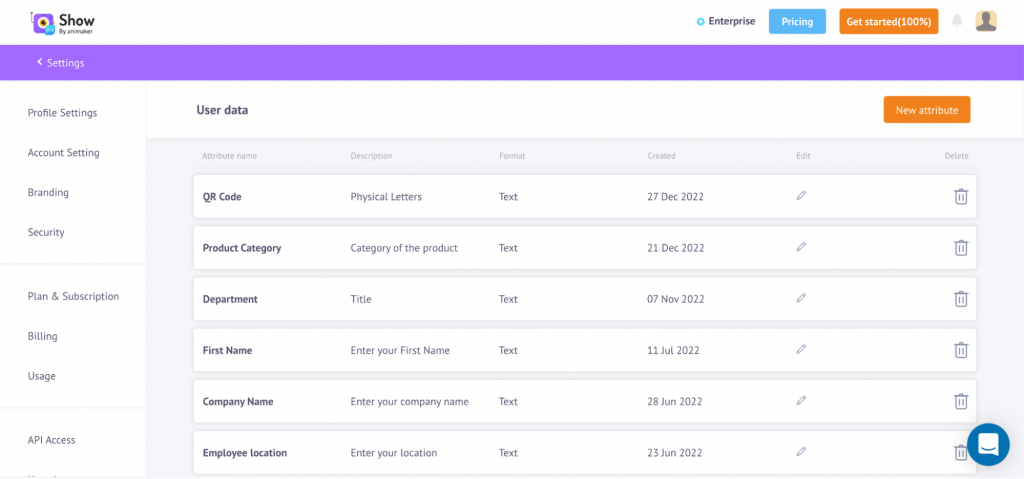
4. Give the attribute a name and description as you wish.
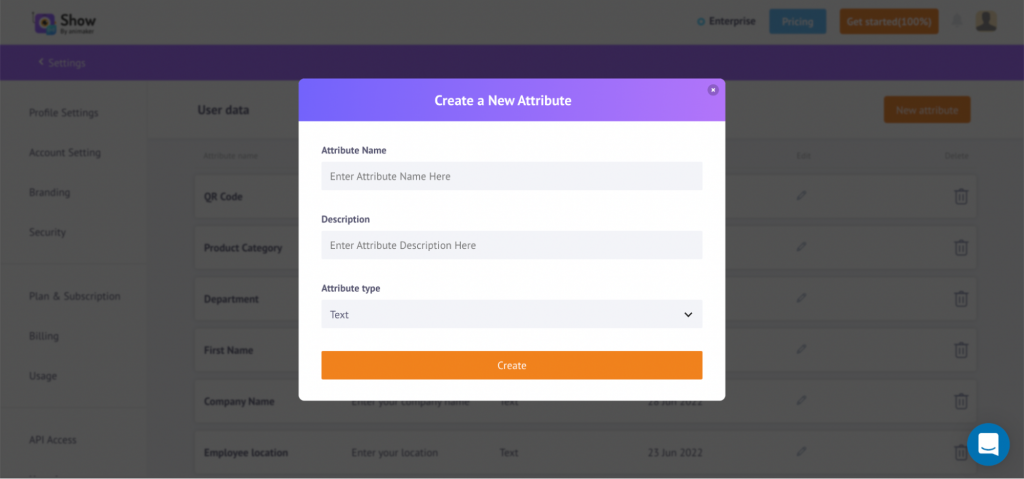
5. Go back to the “Installation page” and copy the script.
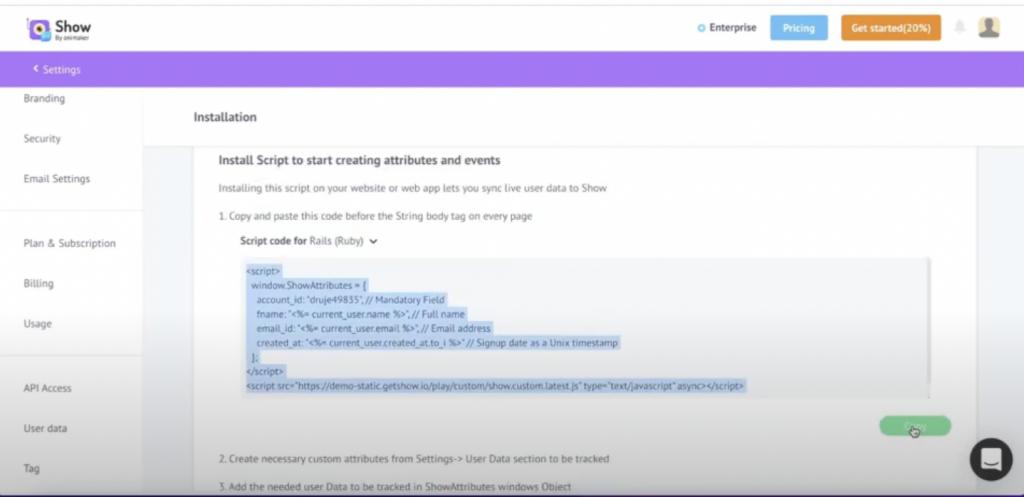
6. Paste the copied script on your web builder or Content Management System(CMS) like WordPress on your Customer Support page.
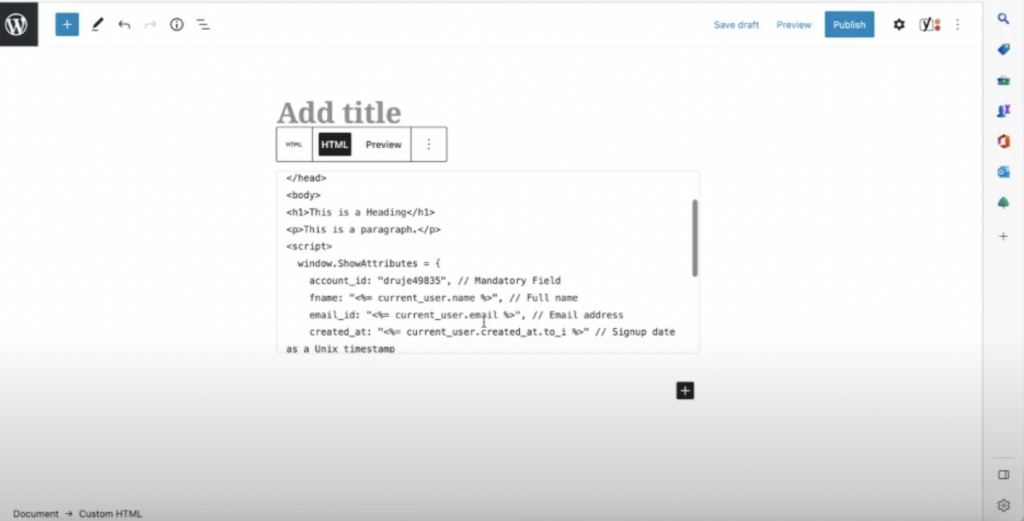
7. Go back to the main menu. Go to the “Customers” followed by the “Contacts” section to see the captured details.
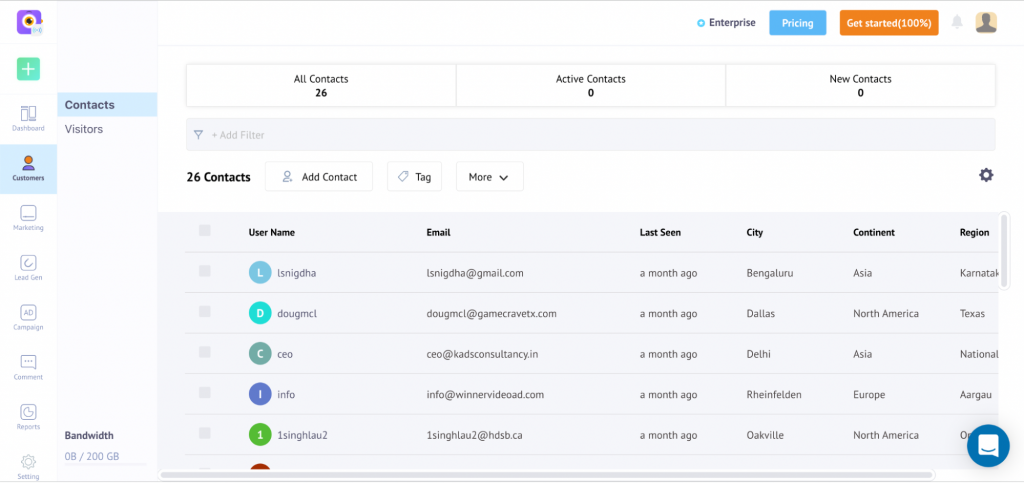
8. Click on the “Outbox” section. Select the email template that you have chosen as your email automated response.
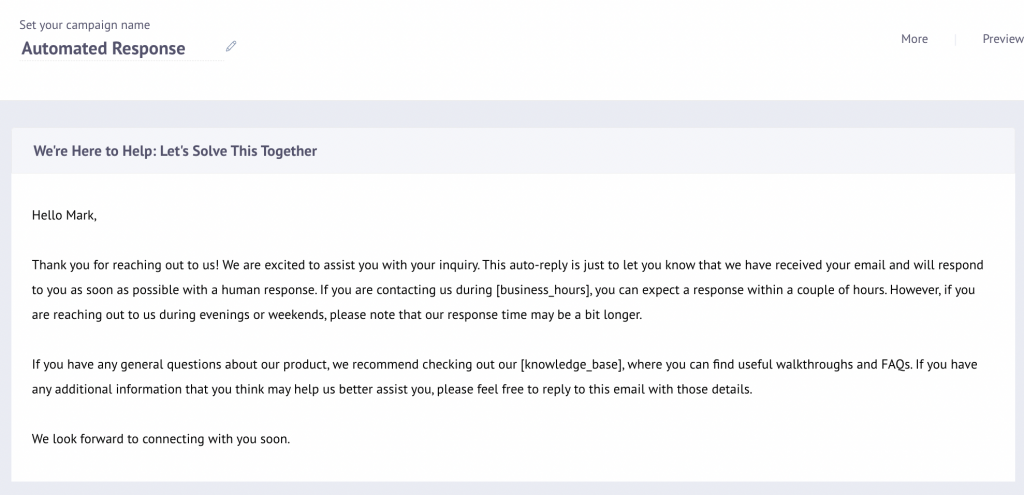
9. Scroll down and select the “Add Filters” option to set a rule for your automated email response. Design custom rule sets to suit your campaign needs. You can also create a new attribute to set your rules accordingly.
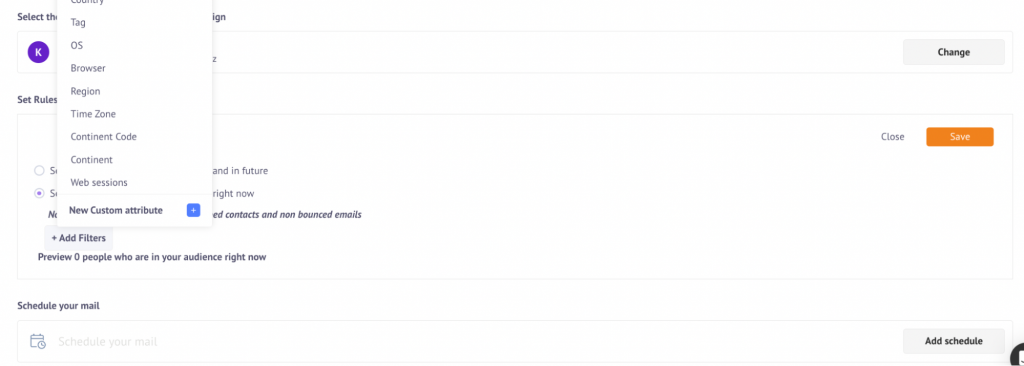
Automating Your Email Responses with Show
Conclusion
Automated email responses are seldom nuanced. On the contrary, they are bland and mechanical. However, customers crave the personalized touch subliminally. Your automated email response can assuage a frustrated customer’s grievance and offer him/her a sense of reassurance. At the same time, businesses should try to solve customer complaints as soon as possible.
Automating Your Email Responses with Show
Frequently Asked Questions (FAQs)
1. What are the dos and don'ts of an automated email response?
Here are some of the dos and don'ts of automated email responses.
Dos
1. Use a clear, compelling, and concise subject line.
2. Personalize the email by using the customer’s name or at least have a fallback option.
3. Keep the email to the point.
4. Send relevant automated email responses to your customers.
5. Keep monitoring the performance of your automated email response.
6. Keep reviewing your automated email responses to keep them relevant.
Don’ts
1. Avoid flooding a customer’s mailbox with automated email responses.
2. Do not use a misleading subject line.
3. Do not use irrelevant content in your automated email response.
4. Do not send an automated email response to a customer who has not granted you permission to do so.
5. Do not take your eyes off the performance of your automated email response.
2. What are the benefits of automated email responses?
The benefits of automated email responses can be innumerable depending on the nature of your business. Meanwhile, here are some key benefits of automated email responses.
1. Time-Saving: Automated email responses save up your time and allow you to channel the saved time into more productive tasks.
2. Instant: Automated email responses enable you to respond to your customers immediately. Consequently, this helps your customers instill trust in your business.
3. Consistent Branding: Automated email responses ensure that you maintain consistent branding and messaging across all your emails.
Scalable: As your business grows, the large number of emails can be unmanageable. Meanwhile, automated email responses allow you to manage a large number of customer complaints and inquiries.
